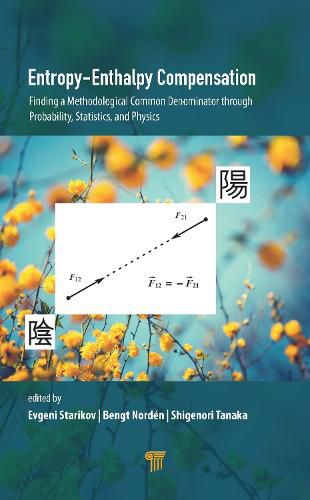Readings Newsletter
Become a Readings Member to make your shopping experience even easier.
Sign in or sign up for free!
You’re not far away from qualifying for FREE standard shipping within Australia
You’ve qualified for FREE standard shipping within Australia
The cart is loading…






Professionals recognize entropy-enthalpy compensation as an important factor in molecular recognition, lead design, water networks, and protein engineering. It can be experimentally studied by proper combinations of diverse spectroscopic approaches with isothermal titration calorimetry and is clearly related to molecular dynamics. So, how should we treat entropy-enthalpy compensation? Is it a stubborn hindrance that solely complicates the predictability of phenomena otherwise laid on the line by Mother Nature? How should we then deal with it? This book dwells on these posers. It combines two chapters written by globally recognized specialists. Chapter 1 deals with general issues and suggests a definite approach to how we may answer the posers. Chapter 2 shows how the approach outlined might be successfully applied in a rational design of enzymes. This might provide other interesting strategic perspectives in the general theoretical physical chemistry field.
$9.00 standard shipping within Australia
FREE standard shipping within Australia for orders over $100.00
Express & International shipping calculated at checkout
Professionals recognize entropy-enthalpy compensation as an important factor in molecular recognition, lead design, water networks, and protein engineering. It can be experimentally studied by proper combinations of diverse spectroscopic approaches with isothermal titration calorimetry and is clearly related to molecular dynamics. So, how should we treat entropy-enthalpy compensation? Is it a stubborn hindrance that solely complicates the predictability of phenomena otherwise laid on the line by Mother Nature? How should we then deal with it? This book dwells on these posers. It combines two chapters written by globally recognized specialists. Chapter 1 deals with general issues and suggests a definite approach to how we may answer the posers. Chapter 2 shows how the approach outlined might be successfully applied in a rational design of enzymes. This might provide other interesting strategic perspectives in the general theoretical physical chemistry field.